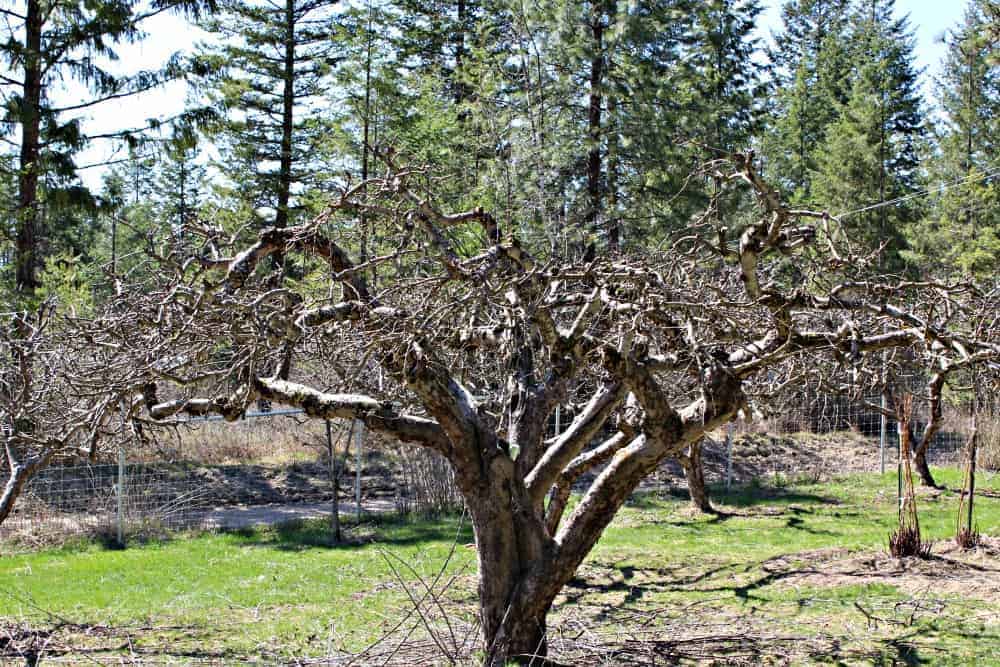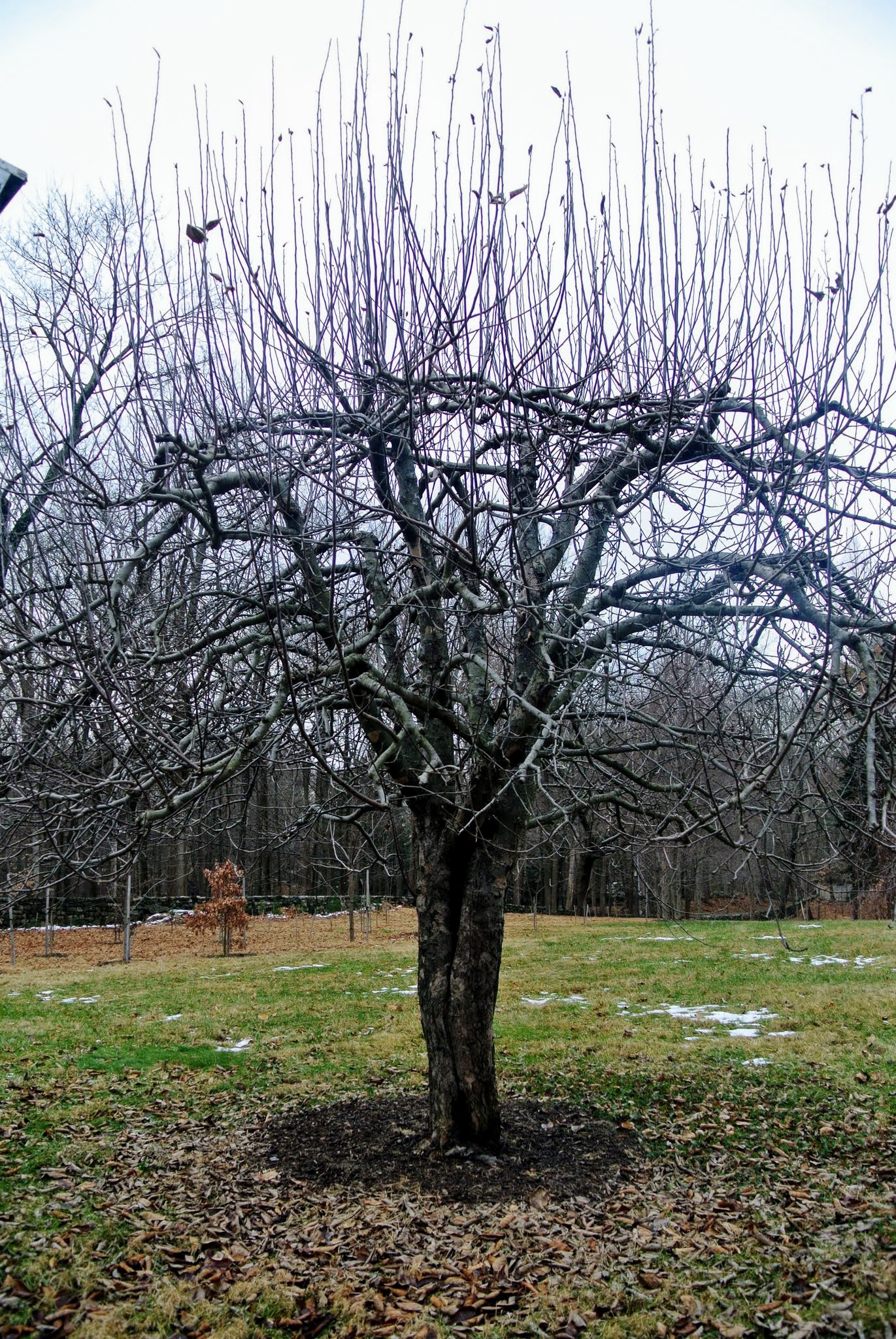Pruning Apple Trees When
Pruning Apple Trees When - Because who wouldn't want to spend their free time surrounded by apple trees and the sweet smell of cider? Whether you're a seasoned gardener or a newbie DIYer, pruning apple trees can be a daunting task. But don't worry, we've got you covered with these helpful tips and tricks!
First Things First: Why Prune?
The Benefits of a Good Cut
Not only does pruning keep your apple trees looking neat and beautiful, but it can also help to:
- Improve fruit production: By removing dead, diseased, or overcrowded branches, you can improve the airflow around your trees and increase sunlight penetration, leading to bigger and better fruit.
- Prevent disease: Pruning can help to reduce the spread of diseases like apple scab and fire blight.
- Promote new growth: By selectively trimming back branches, you can encourage your trees to produce new shoots.
Timing is Key
When to Prune?
The best time to prune your apple trees is during the dormant season, typically between late winter and early spring. This is when the trees are least likely to be damaged by pruning and when it's easiest to see the overall structure of the tree.
How to Prune Apple Trees?
There are two main approaches to pruning apple trees: thinning and heading.
Thinning
Thinning involves selectively removing branches back to the trunk or a main branch. This approach is best for reducing overcrowding and promoting bigger, healthier fruit. To thin, look for:
- Crossing or rubbing branches
- Diseased or dead branches
- Branches growing vertically or downwards
When thinning, make sure to:
- Make clean cuts to avoid damaging the tree
- Trim back to just above a bud or branch collar
- Remove no more than 25% of the tree's canopy in one pruning session
Heading
Heading involves shortening branches by cutting back to a bud. This approach is best for promoting new growth and creating a more compact tree. To head, look for:
- Stems that are too long or have grown beyond the canopy's edge
- Branches that have become too leggy or sparse
When heading, make sure to:
- Choose the right bud to cut back to - look for an outward-facing bud to encourage branching
- Trim back no more than one-third of the tree's canopy at a time
- Make clean cuts to avoid damaging the tree
Tools of the Trade
What You'll Need
Before you get started, make sure you have the following pruning tools on hand:
- Pruning shears - for small branches and twigs
- Lopping shears - for thicker branches
- Pole pruners - for high branches
- Saw - for larger branches or trunk removal
Make sure your tools are sharp and clean before you begin, and always wear protective gear like gloves and safety glasses.
Final Thoughts
Pruning apple trees may seem intimidating at first, but with a little practice and these helpful tips, you'll be a pro in no time! Remember, take your time, make clean cuts, and aim for balance and symmetry in the shape of your tree. Happy pruning!
And if all else fails, there's always hard apple cider. Cheers!

The Orchard Tea Room & Farm Shop: Pruning apple trees course

How to Prune Apple Trees - Beyond The Chicken Coop

When, Why & How to Prune Fruit Trees in CT - Barts Tree Service

Pruning apple trees - License, download or print for £14.88 | Photos

Pruning My Apple and Pear Trees at the Farm - The Martha Stewart Blog
View more articles about Pruning Apple Trees When
Post a Comment for "Pruning Apple Trees When"